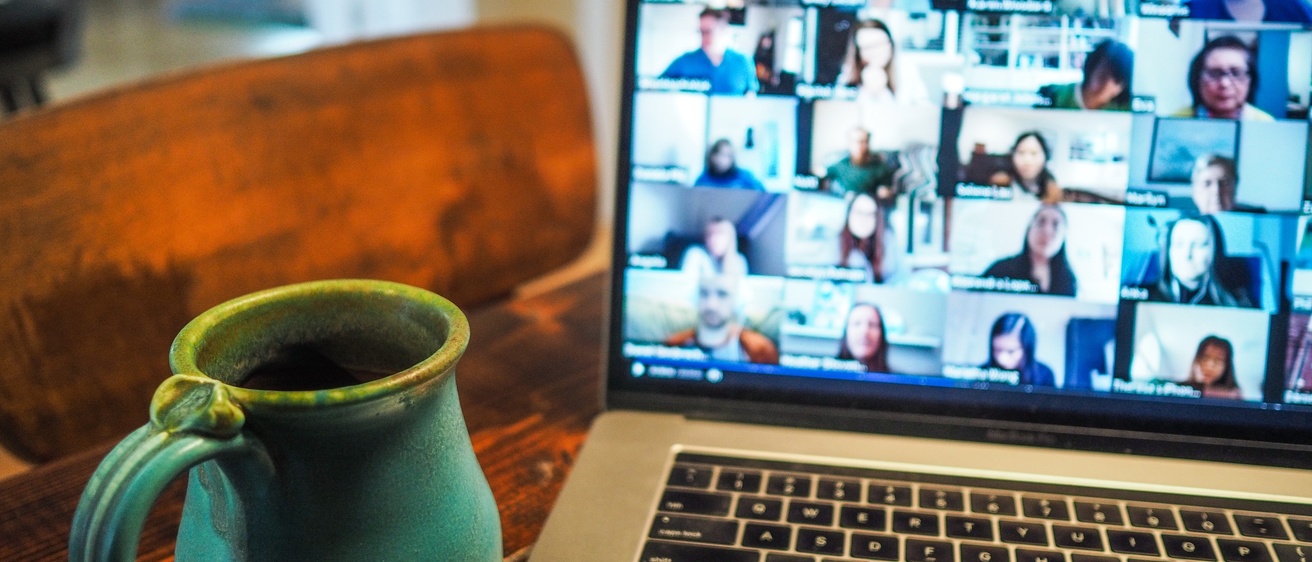For better or worse, we live in the age of social media. We are inundated with posts, tweets, pics, and reels, which create the illusion we should be our best selves, living our best lives, all the time. This carries over to our work lives as well. The pace of work sometimes demands we function at 110%, juggling multiple high-stakes projects and priorities, all with unflappable composure.
This pressure increased exponentially during the COVID-19 pandemic. We found new ways of working and developed new methods of meeting the needs of our students, patients, and colleagues—and we did it fast, based on limited information, and in the midst of an evolving situation. Some thrive during intense periods of high pressure. I’m not one of them. I found it exhausting. And like many others, I still take time for self-care to counteract the effects of burnout and recover from that intense period.
During the pandemic and since, it should be OK to drop the “everything is great, I’m great” facade, be real with each other, acknowledge our individual and collective fatigue, and give ourselves and one another some grace. I’m not suggesting we let slide the mission of providing an outstanding experience for our students, patients, and employees; however, we can carry out our mission while also supporting the human need to take a collective breath and decompress.
When I think about “healthy vulnerability” at work, I imagine new workplace norms that allow us to honestly express our hopes and fears, future goals and fatigue, and joyful achievements and frustrations without being seen as less committed or less engaged.
Healthy vulnerability means you don’t have to be perfect, 100% confident, and composed all the time. We’re human, we have emotions, we have demands outside of work. It’s OK to have doubts and make mistakes. It’s OK to not have an immediate solution to every dilemma.
I personally struggle with “imposter syndrome.” I fear making mistakes will lead to others doubting my intelligence and capabilities. (Admitting this is anxiety-provoking, but I’m practicing healthy vulnerability!) I remind myself that no one expects perfection, and even when I do make mistakes, it’s not how people define me.
Another aspect of healthy vulnerability is allowing colleagues to get to know us on a more personal level. We can share personal joys and concerns in addition to work matters. Sharing – within healthy limits – can lead to more authentic relationships. When others see and accept us as a whole person, it helps create a sense of belonging and inclusion. We are people first and employees second.
Of course, personal sharing can go overboard. When sharing too much becomes disruptive, drains the energy from a room, and makes others want to avoid the “over-sharer,” it’s no longer healthy. Cy Wakeman, author of Reality-Based Rules of the Workplace, has dubbed that over-sharing colleague as “emotionally expensive.” Take care to not be that colleague.
Personal sharing may not be comfortable for everyone. Displays of emotion can be interpreted differently based on stereotypes related to race and gender. Members of the LGBTQ+ community may not be out at work. Those with invisible disabilities may not be comfortable sharing their experiences. Individuals who hold these and other identities may feel the need to protect that part of their true selves at work, and we need to respect those boundaries.
Adjusting workplace norms takes time and effort. As with any culture shift, start with small steps, allow for adjustment, assess impact, and if appropriate, take another step. Here are a few ideas to increase healthy vulnerability within your work team:
• Build in a few minutes for social connection at the beginning of regular meeting agendas, whether in person or virtual. Encourage people to share (if they wish) their weekend plans, important events/milestones, etc.
• Schedule Zoom “coffee breaks” to provide informal connection time.
• Invite team members to share personal stories around topics like holiday traditions or their hobbies.
• Have each team member create a “user manual” outlining the best ways to work with them. Consider using a template, such as the one available from Liz Fosslien and Mollie West Duffy at lizandmollie.com, and then share and discuss to better understand one another’s preferences.
One step at a time, it’s my hope to move toward healthy vulnerability at work, where we are people first and employees second.
Cover image by Chris Montgomery.
